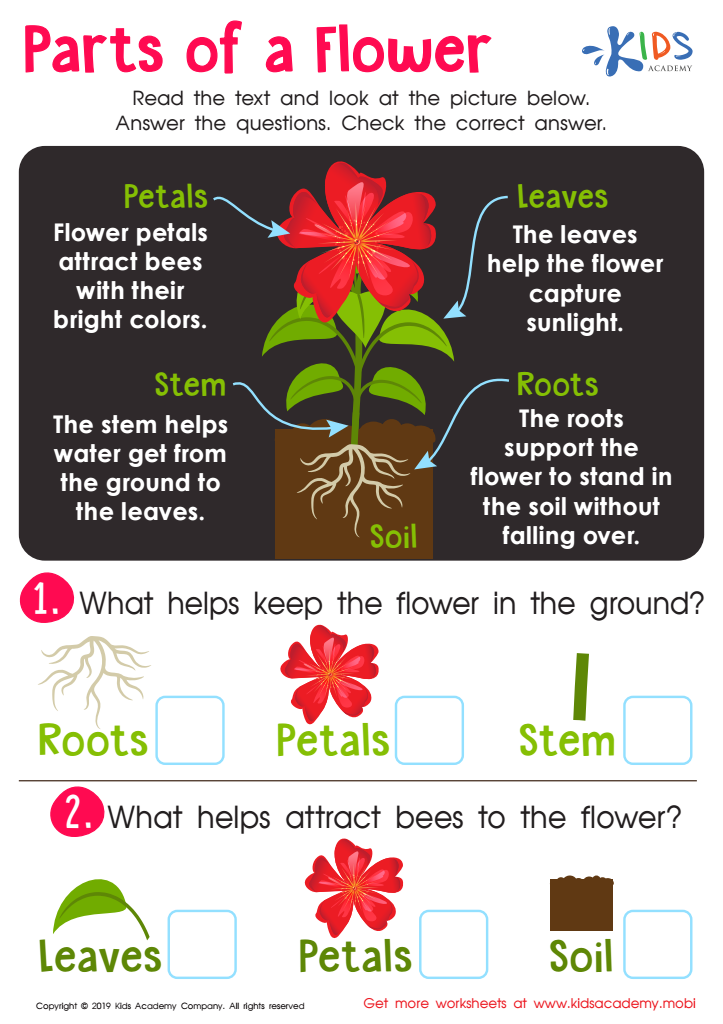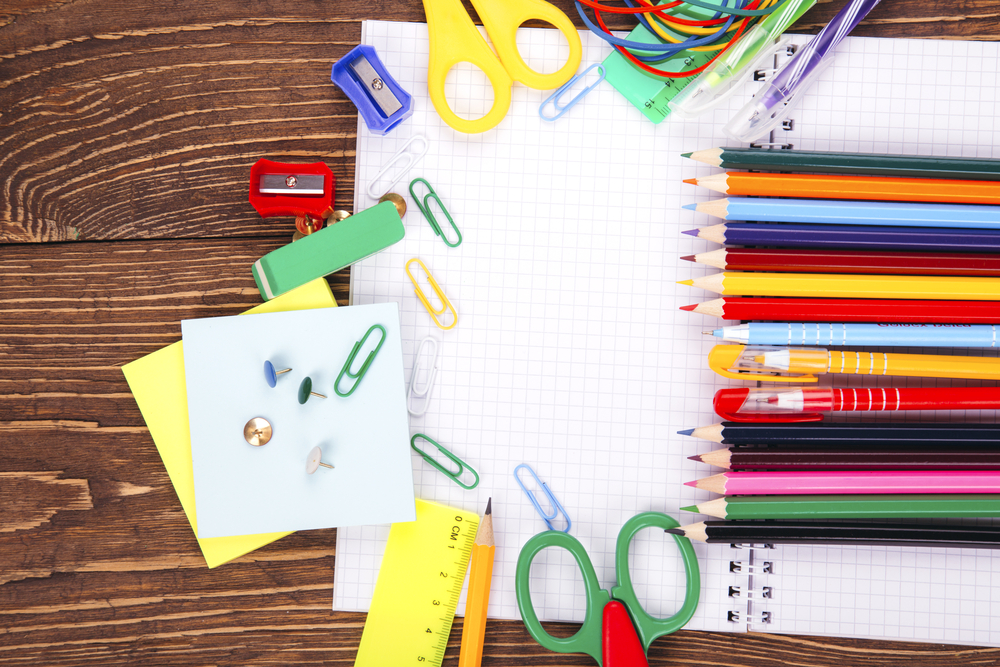Understanding botany Worksheets for Kids
1 filtered results
-
From - To


Parts of Flower Worksheet
Question/Answer
What are some effective activities to train students’ Understanding botany skill when teaching them about Reading Non-Fiction?
Effective activities for training students in understanding botany while teaching about reading non-fiction include: analyzing scientific articles on plant biology, dissecting plant parts and linking them to their functions described in texts, creating herbariums with labeled plant specimens, and engaging in guided reading sessions focused on botanical field guides or research papers, emphasizing vocabulary, structure, and content analysis.
How to train the Understanding botany skill in Grade 1 students learning about Reading Non-Fiction?
To train the "Understanding Botany" skill in Grade 1 students, integrate simple, engaging non-fiction texts about plants. Use picture books and short articles focused on plant parts, growth cycles, and plant needs. Incorporate hands-on activities such as observing plant growth, leaf tracing, and seed planting. These methods make abstract concepts tangible and enhance comprehension and retention of non-fiction content.
What does the Understanding botany skill mean when it comes to Grade 1 Reading Non-Fiction learning?
The Understanding botany skill in the context of Grade 1 Reading Non-Fiction learning refers to the ability of students to grasp basic plant-related concepts. This includes recognizing different types of plants, understanding their parts (such as roots, stems, leaves), and comprehending simple processes like how plants grow and why they are important for the environment and living organisms.
 Assign to the classroom
Assign to the classroom












